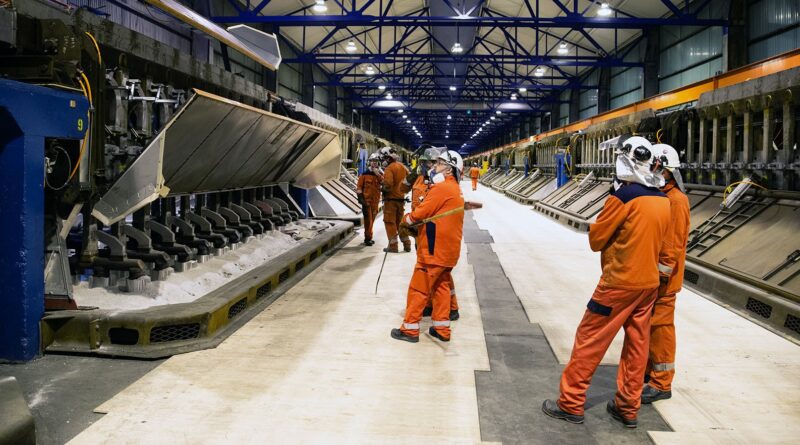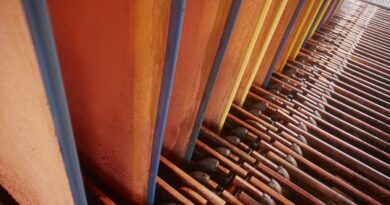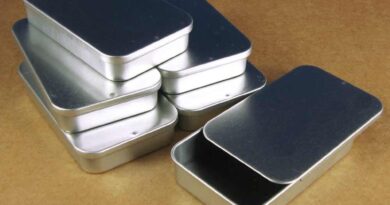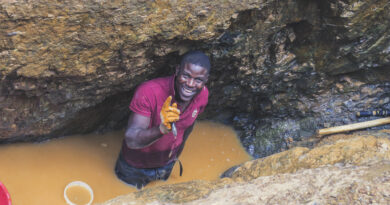Hydro’s 2Q 2025: Performance and capital discipline, supporting strong results
Hydro’s adjusted EBITDA for the second quarter of 2025 was NOK 7,790 million, up from NOK 5,839 million in the same quarter last year. The results increased from higher aluminium and energy prices, and realization of previously eliminated internal profits. This was partly offset by negative currency effects and higher raw material costs, mainly driven by higher alumina cost. Hydro generated NOK 5 billion in free cash flow, while the twelve month adjusted RoaCE ended at 12 percent.
- Strong results amid uncertain markets
- Reducing capital expenditure target for 2025 by NOK 1.5 billion, to NOK 13.5 billion
- Introducing external hiring freeze and structured review of white collar workforce
- Robust power sourcing portfolio amid challenging wind and solar markets
- Improvement programs ahead of target for 2025
“I am pleased with the strong results this quarter, as the global market uncertainty is continuing. Hydro is taking proactive measures to reinforce our long-term resilience and operational efficiency. We are taking down our 2025 capital expenditure guiding by NOK 1.5 billion. Hydro has also implemented an external hiring freeze for white collar workers, pending a review of current and future manning needs,” says Eivind Kallevik, President and CEO of Hydro.
The global market has become increasingly uncertain, shaped by geopolitical tensions and shifting regulation. This heightened uncertainty complicates demand forecasting and capacity planning, and in response Hydro is reducing the capital expenditure guidance for 2025 by NOK 1.5 billion, to NOK 13.5 billion, to ensure financial flexibility. Under the current political environment, investments will focus on flexibility, risk mitigation, and responsiveness to changing economic and policy conditions.
“We believe in the aluminium industry and we see demand for low-carbon aluminium continuing to grow. In the current situation, our focus is on preserving financial strength, improving capital efficiency, and maintaining room to maneuver. We have so far not seen big changes to our operations from tariffs and potential trade wars. Our main concern is whether the uncertainty will lead to a global economic downturn,” says Kallevik.
While long-term growth remains central to Hydro’s strategy, near-term priorities have shifted to operational efficiency, cost control and maintaining optionality. The ambition is to position the company to respond decisively as conditions evolve and opportunities arise.
Reliable access to renewable energy is critical to Hydro’s low-carbon aluminium strategy. Since the fourth quarter of 2024, Hydro’s second largest wind power supplier in Sweden, Cloud Snurran AB, has faced financial and operational challenges. This has resulted in non-delivery of contracted volumes. Consequently, the power purchase agreement (PPA) between the parties was voluntarily terminated by mutual agreement in July 2025, with a negotiated compensation to Hydro of up to EUR 90 million. This development, along with previous challenges at Markbygden Ett AB, highlights broader risks in the Swedish wind market, particularly related to underperformance in production volumes leading to financial distress among producers. While wind energy remains an important part of the mix, these events reinforce the value of Hydro’s diversified and robust sourcing portfolio. The sourcing situation for the Norwegian smelters remains robust through 2030, and Hydro continues to actively pursue cost competitive renewable power opportunities.
In Brazil, ongoing grid constraints, transmission bottlenecks, and regulatory uncertainty have continued to limit solar and wind power deliveries, pressuring both volumes and pricing. Reflecting these structural challenges, Hydro has revised its return requirements for energy investments in the region. As a result, impairments of approximately NOK 400 million were recognized across parts of the energy portfolio. Despite these headwinds, operations at Albras, Alunorte and Paragominas remain stable, supported by renewable energy delivered under long-term PPAs.
Hydro targets NOK 6.5 billion in accumulated improvements by 2030, with 70 percent of the 2025 estimate of NOK 600 million achieved year to date, driven by operational, procurement and commercial initiatives. In the operational improvement program, Hydro Extrusions targets to reduce more than 100 full time equivalents by 2025 through automation to further boost productivity, safety, ergonomics and quality. In the commercial excellence program, greener product sales increased by approximately 50 percent year-to-date 2025 versus the previous year in upcharge revenue. The achievements include the first Hydro CIRCAL contract with a major North American automaker and a strong growth in low-carbon product sales. On June 4, Hydro successfully completed the placement of its inaugural European Green Bond, issuing EUR 500 million in senior unsecured notes under its Euro Medium Term Note (EMTN) programme. The 8 year bond, carrying a fixed annual coupon of 3.75 percent (3.779 percent reoffer yield), attracted strong investor interest and was listed on Euronext Dublin on June 17, 2025. Proceeds will be allocated to eligible green projects aligned with Hydro’s Green Bond Framework.




